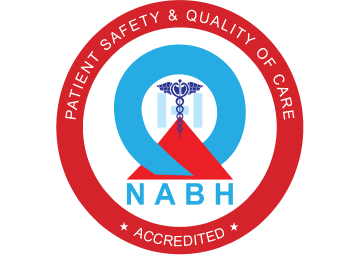Arm reduction (ARM LIFT)
What is Arm Reduction?
- Arm reduction is a procedure in which the excess fat and skin in the arms are removed to make the arms look nicer.
Why do patients seek treatment for this condition?
- There are two different kinds of patients who seek arm reduction. The first type of patient is the young person with disproportionate excess fat in the arms who would like to reduce their size of their arms. These type of patients are best served with liposuction. The other type of patient is the one who has lost a lot of weight due to weight loss surgery or due to lifestyle modifications like diet and exercise. These patients are extremely uncomfortable with the excess skin sagging when they lift their arms. This makes them unable to wear sleeveless clothes or short sleeves and find going to gym and swimming bothersome
How do we assess the patient during the consultation?
- During the consultation we would get a thorough medical history and perform a directed physical examination. We will assess the amount of excess skin and fat and will then discuss with you whether liposuction would be enough or excision of the skin would also be needed.
What is done during the “Armlift” procedure ?
- The Armlift procedure is done under general anaesthesia. By making 5 mm incisions the excess fat is sucked out by liposuction. After the fat is sucked out the excess skin is then excised and sutured. We may place a drain before closing the wound so that it would remove the excess blood and fluid in the arm. The surgery would approximately take 2 hours.
Where will the scar be ?
- The scar is positioned over the posteromedial aspect of the arm. In simple words it is the place where you will find the seam of your shirt. This is the place which is least noticeable.

What is the normal post operative course after this procedure?
- There maybe minimal bruising and swelling over the operated area which will go away in 7 - 10 days. Patients may have some pain which is usually controlled by painkillers. If we had placed a drain we will review the amount of fluid that is in the drain. When the fluid in the drain is very less we will then remove the drain. Patient can walk to the toilet the next day and can also take a shower. After the drain is removed and when the patient is comfortable walking the patient is discharged home. It would be advisable for the patients to wear compression garments atleast for 3 months so that it reduces edema, swelling, gives a better scar and gives a very good result.
What are the possible complications of this procedure?
- Just like any other procedure this procedure can also be associated with bleeding producing haematoma, seroma and infection. The most common problem that patients can have is the scar that is seen over the inner arm. After 10 days we would then teach various techniques to improve the scar like scar massage, wear compression garments, silicone sheets and if necessary give steroid injections to improve the scar.




